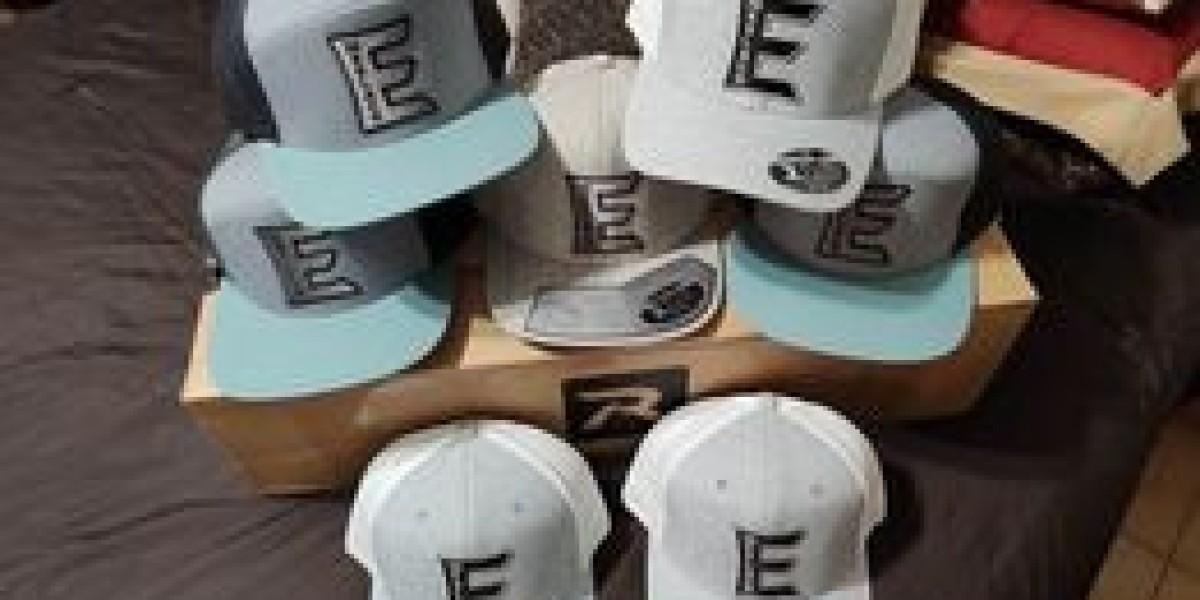It’s funny, people think making chenille patches is just cutting fabric, looping some yarn, tossing in a design, and ta-da, you’ve got a masterpiece. But anyone who’s actually sat in front of a buzzing embroidery machine at 2 a.m., the room reeking faintly of hot metal and coffee gone stale, knows it’s not that simple. Chenille patches look tiny, but they’re worlds. Little maps of identity stitched into cloth. And yet, so many of them flop. Not because makers are lazy, but because there are gaps. Cracks so wide you could drop a spool of thread in them and never hear it hit bottom.
I’m not just talking about technical stuff, though that matters too. These gaps? They’re the silent killers of reputation. The reasons why one brand sells out on Instagram in under an hour, while another can’t give their custom patches away even at clearance prices. It’s maddening. And kind of poetic.
Design Without a Pulse
Here’s the first tragedy: unoriginal design. Way too many embroidered patches feel like déjà vu. Same varsity fonts, same mascots, same boring stars and lightning bolts. It’s like going to a burger joint and finding every single menu has fries. Yeah, fries are fine. But where’s the spice?
Design is the story, and custom chinelle patches are wearable paragraphs. Think of Supreme or even smaller indie brands; they breathe new life into simple shapes, and suddenly you’ve got collectors scrambling. I once bought a patch, not because I needed it (I didn’t), but because it screamed at me from the shelf. Bold, weird, a little ugly even, but unforgettable. That’s the power of originality.
Cheap Materials, Cheaper Impressions
Let’s be blunt: bad feels bad. Yarn that fades after one wash? Unforgivable. The shortcut of grabbing the cheapest supplies shows up in every loop and fray, and customers notice. Always.
Durability is trust. When a high school senior pins their chenille letter to a jacket, they’re not thinking about tensile strength; they’re thinking, This moment should last forever. If it doesn’t, if the patch crumbles by graduation photos, you’ve not just lost a sale, you’ve lost a memory. And memories, unlike felt, can’t be stitched back together.
Invest in good stuff. It costs more, sure. But I remember reading a survey (Etsy, 2022) where buyers who mentioned “quality” in reviews were 3x more likely to come back. That stat has haunted me ever since, like, why would you ever risk skimping if loyalty is literally stitched into your product?
Technique: The Crooked Line Problem
Precision sounds boring until you see what happens without it. Uneven borders, jagged edges, sloppy stitch density, it screams amateur. And online? People zoom in. They screenshot flaws and send them to friends. Brutal.
Collegiate patches have lasted decades, not because they’re flashy, but because they’re consistent. Symmetry. Alignment. Discipline. It’s craftsmanship meeting tradition. And believe me, tradition doesn’t forgive crooked letters.
Here’s a secret: half the mess-ups don’t come from the needle; they come from the file. Bad digitising ruins good designs before the machine even starts. I learned that the hard way, lost an entire order once because I rushed the prep. The chenille custom patches looked like melted marshmallows. I can laugh now, but that week I wanted to burn the whole shop down.
Trends? What Trends?
Some makers live in a bubble. They think embroidered custom patches exist in a timeless void. But custom patches are culture. They’re protest signs, fashion statements, nostalgia tokens, all stitched into one square of fabric.
In 2023, retro surged, old band logos, vintage varsity vibes. Also, activism patches: sustainability, social justice, climate slogans. Brands that tapped into this? Thrived. Ones that didn’t? Ghost towns.
Streetwear brands in LA have been killing it here, skaters, rappers, TikTok kids, all proudly wearing designs that reflect their world. A patch is never just a patch; it’s shorthand for belonging. If you’re not listening to what the culture is whispering or shouting, you’re irrelevant before you start.
The Story No One Tells
And finally, the fatal gap: no story. Makers assume the patch itself does the heavy lifting. Wrong. People buy patches for meaning, not material.
Think about it: the behind-the-scenes videos of makers stitching, the origin stories on Etsy shops, even the shaky Instagram Reels showing “how it’s made”, they drive sales up. Customers don’t just want a patch, they want to feel part of something. I saw one shop owner share her grandma’s embroidery hoop as part of her brand’s story. Her custom patches sold out. It wasn’t the hoop, it was the heart.
Storytelling isn’t fluff. It’s glue. Without it, chenille patches are silent. With it, they sing.
Threading It All Together
Chenille patches are deceptive. They’re tiny, but they carry the weight of identity, memory, rebellion, tradition, all of it in a handful of stitches. But too often, creators let gaps swallow that potential. The gaps are avoidable: stale designs, flimsy materials, sloppy technique, cultural deafness, silence where story should be.
Close them, and you’ve got more than fabric, you’ve got legacy. Ignore them, and, well, good luck competing in a marketplace that demands more than “good enough.”
Here’s the uncomfortable part: closing these gaps means confronting your own shortcuts. The places where you said “meh, it’s fine” when deep down you knew it wasn’t. But every patch carries your fingerprint, your reputation, your name. And someday, someone might hold that patch decades later and feel… pride. Or disappointment.
So maybe the real question is: are you stitching something that lasts, or something that frays the moment the world looks closer?








